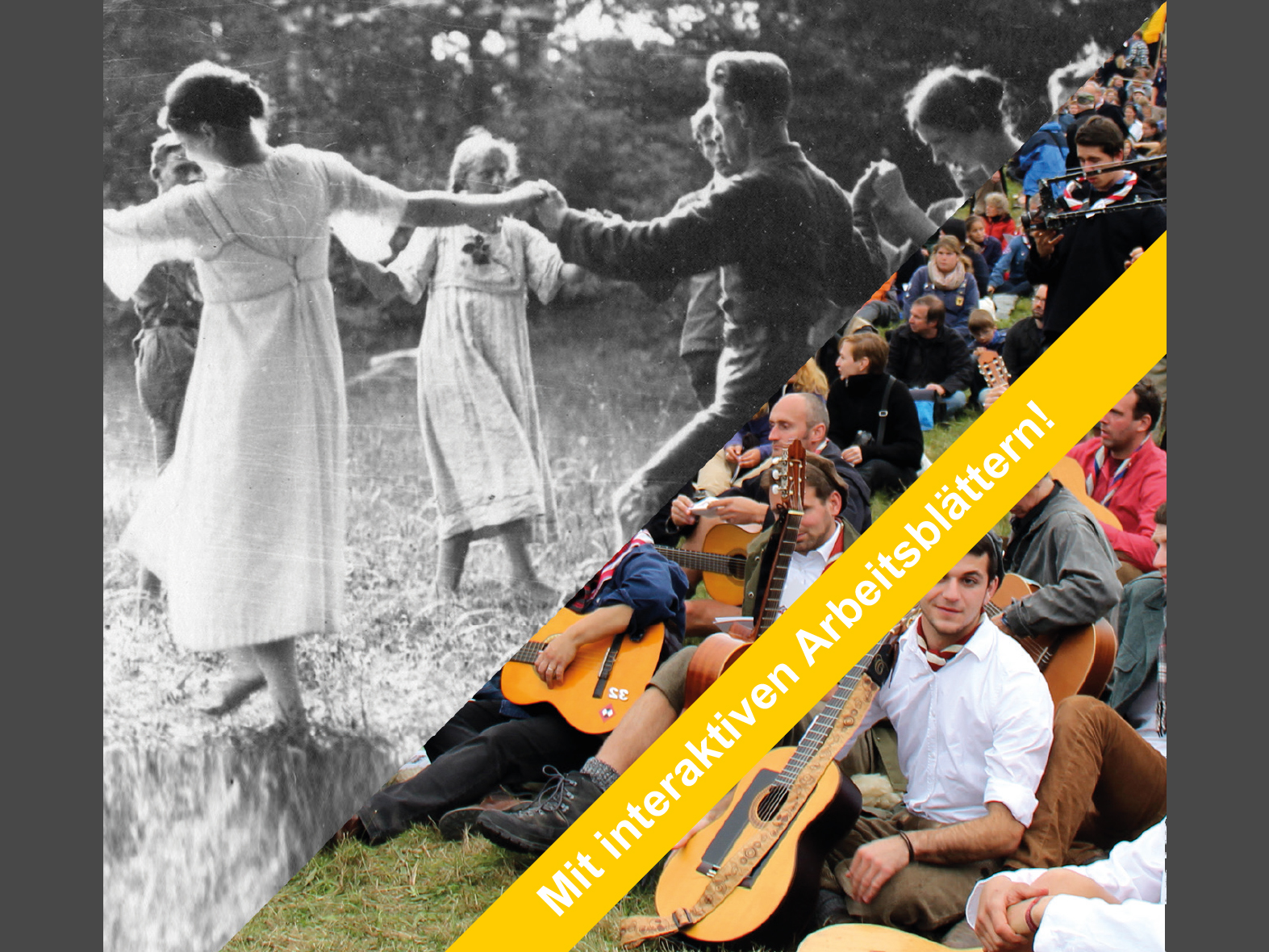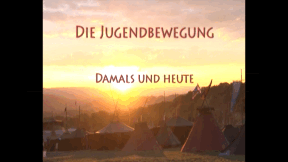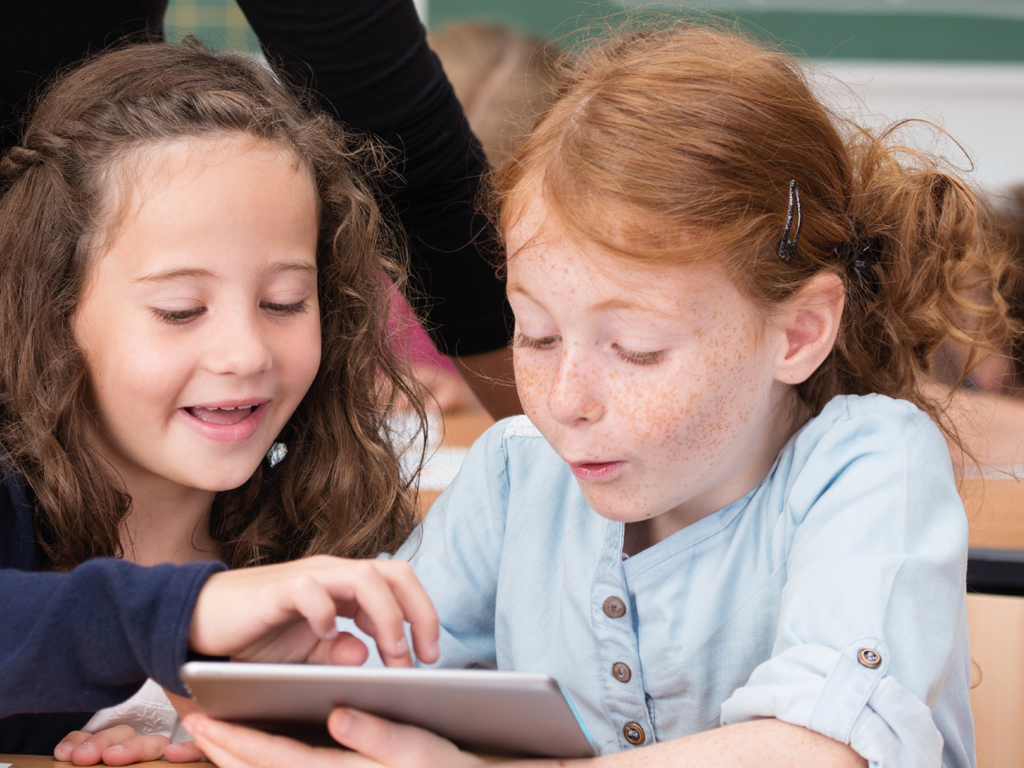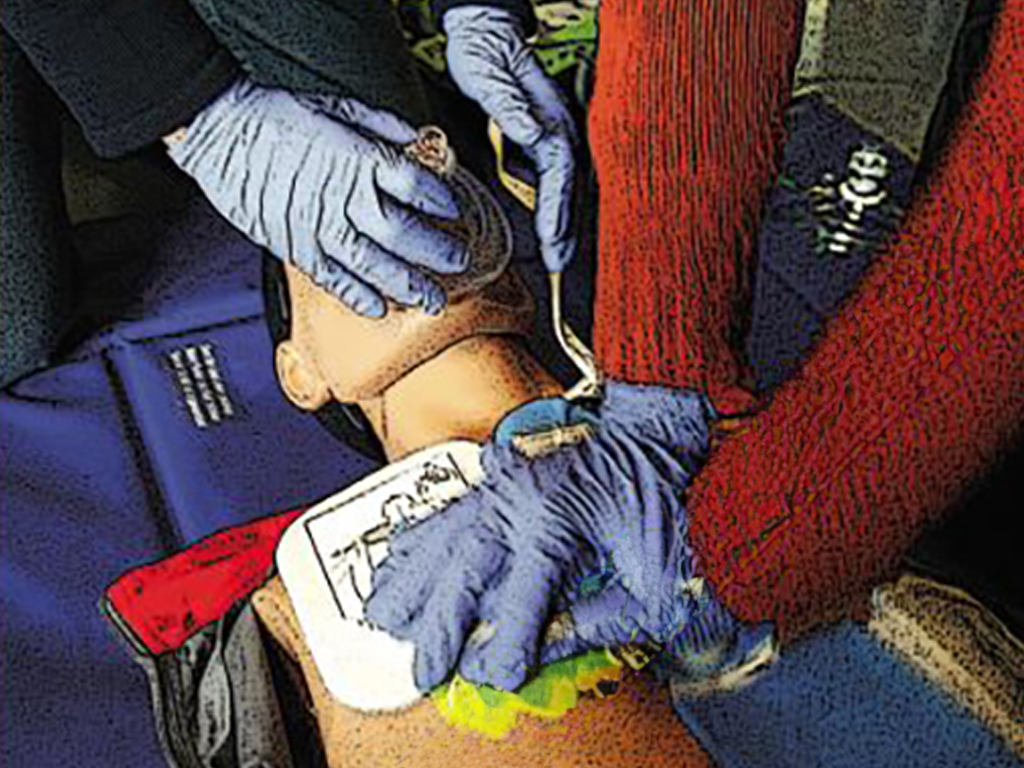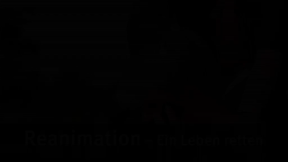 Primary School
Primary School
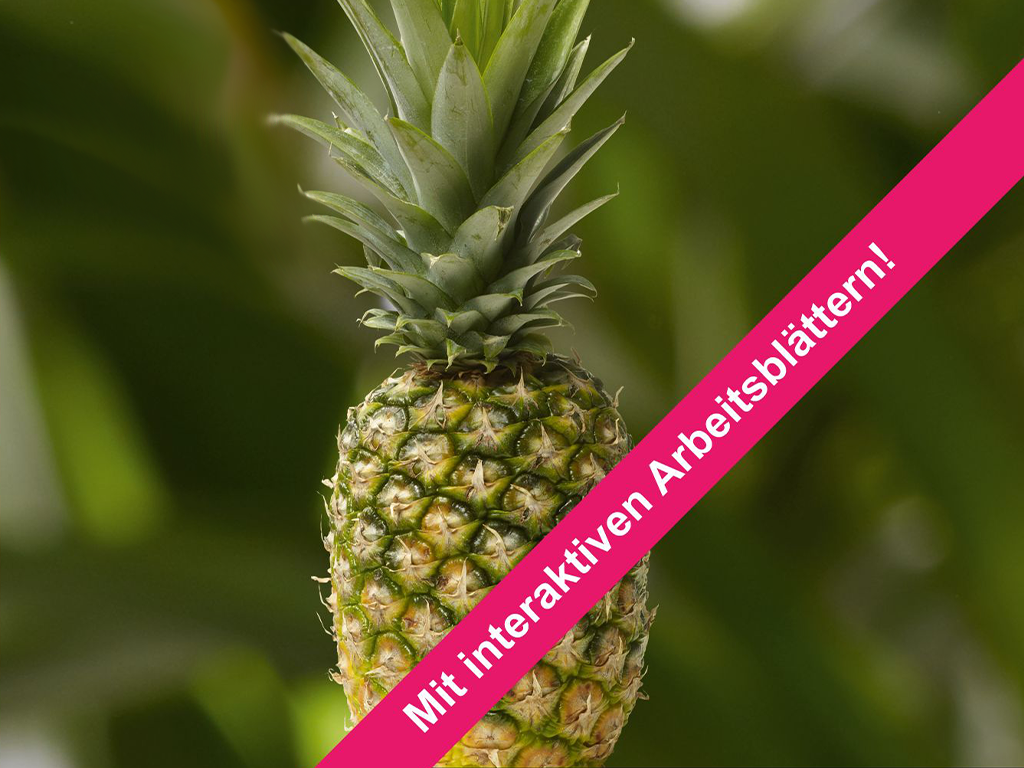

4667660 / 5558919
Pineapple
Queen of Fruits
Fruit is a multi-faceted gift of nature. Almost no other food is available to us in such a variety. It tastes good, is healthy and can mostly be eaten raw. However, it should be well washed before or even peeled, depending on the variety. The term “fruit” is understood to mean fruits from trees and shrubs. Fruits contain besides a mostly rather high amount of water a great number of vitamins and minerals. A lot of fruit grows here in Central Europe, in Germany or Austria. Among these so-called “domestic“ fruits are apples, pears, strawberries and blueberries. They mostly ripen in autumn. Citrus fruits such as lemons, oranges and tangerines do not grow around here as they require a lot of sunlight and heat for their growth. They are imported to us by lorry mostly from countries around the Mediterranean such as Spain, Italy and Greece. Exotic fruits like pineapples and bananas need a tropical climate with a lot of heat, sunshine and water. Due to modern means of transport, these widely travelled varieties of fruit are meanwhile available in every supermarket throughout the whole year.
Play trailer
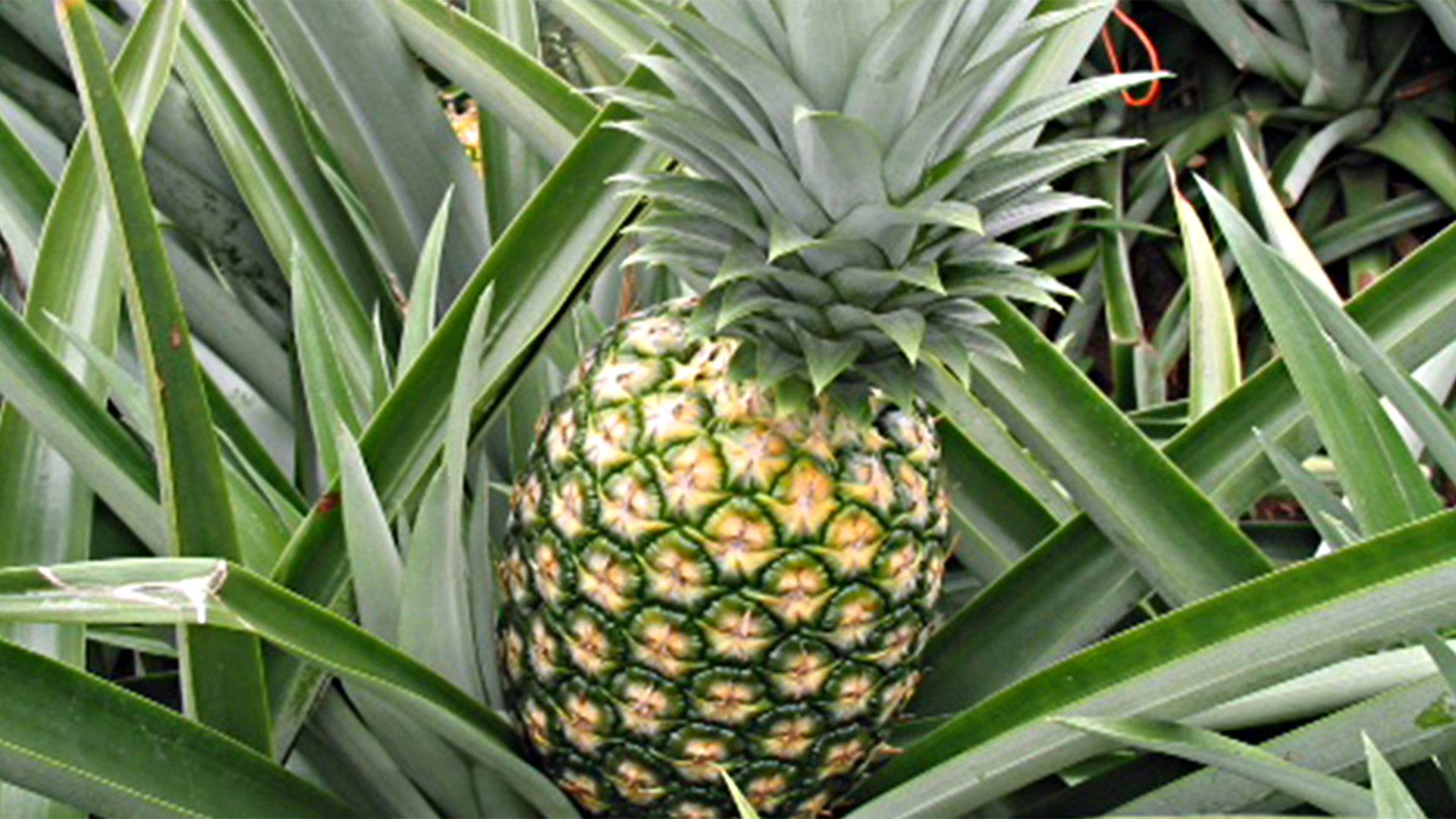
Curriculum-centred and oriented towards educational standards
Matching
Youth Movement
Dancing until your feet hurt: Here, at the meeting on the Hoher Meissner near Kassel, 3,500 participants from Boy Scout associations, youth and Wandervogel groups from all over the German-speaking region have gathered. They want to celebrate, simply get to know each other and commemorate a historic anniversary.
Mobile Learning II
Oh, what’s that? Original soundtrack Thissen: “As our children grow up in a media world and naturally handle the media, they should also be a topic in school.“ An older child says the point is that they don’t just load down apps but create things themselves that haven’t existed so far. Hi, I’m Jana. A propeller hat. I’ll put it on. Now I’m no longer a simple rhino, but a flying rhino. Original soundtrack Thissen: “It’s exactly the great flexibility of tablets that promotes very personalised and adapted learning.” Original soundtrack Welzel: “It’s fascinating to see how the children grow with their products and how they always want to improve them.” The Westminster Abbey is a church in London for the royal family. Original soundtrack Welzel: “And?“ They think it is ok.




